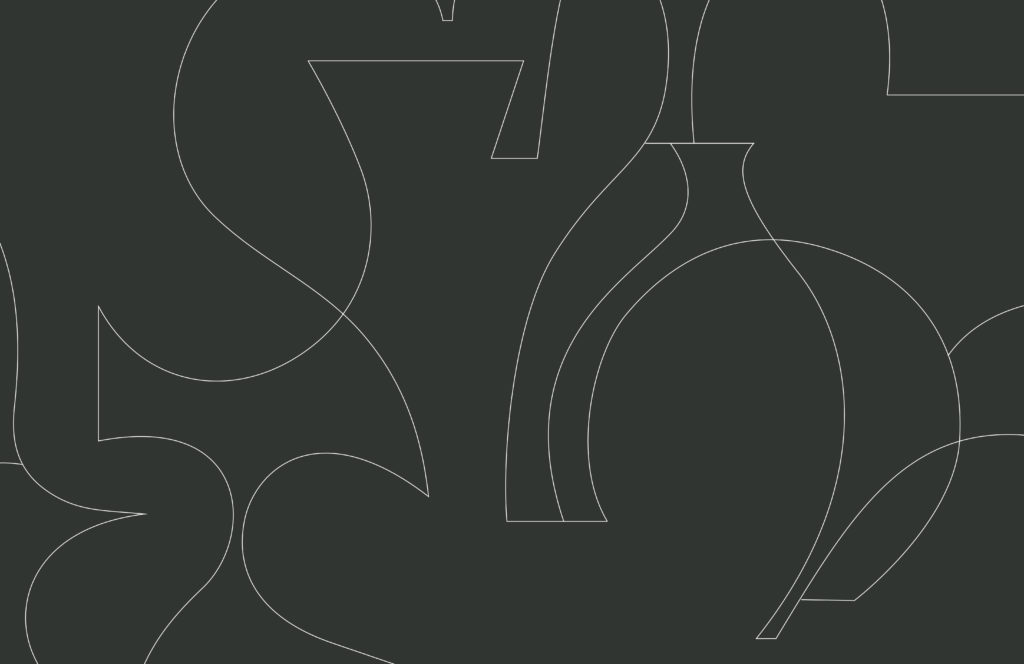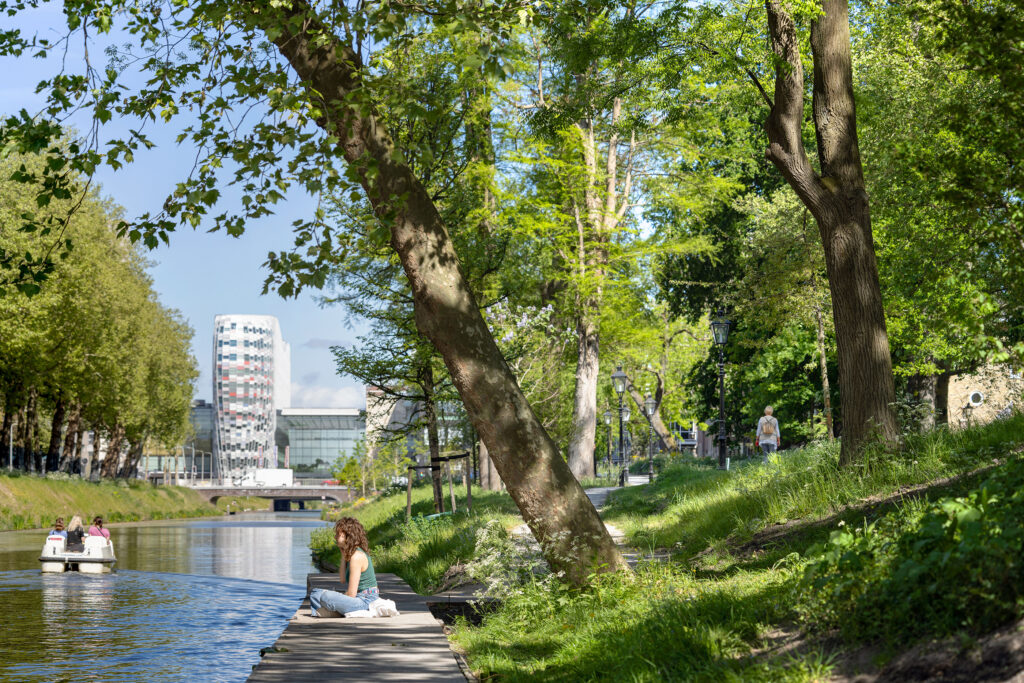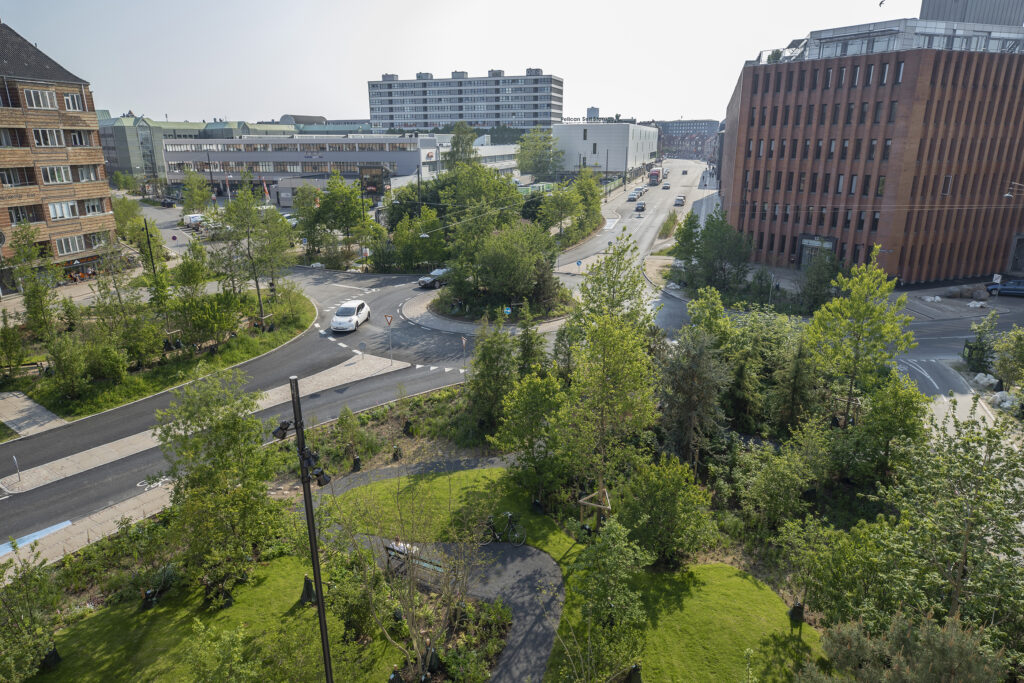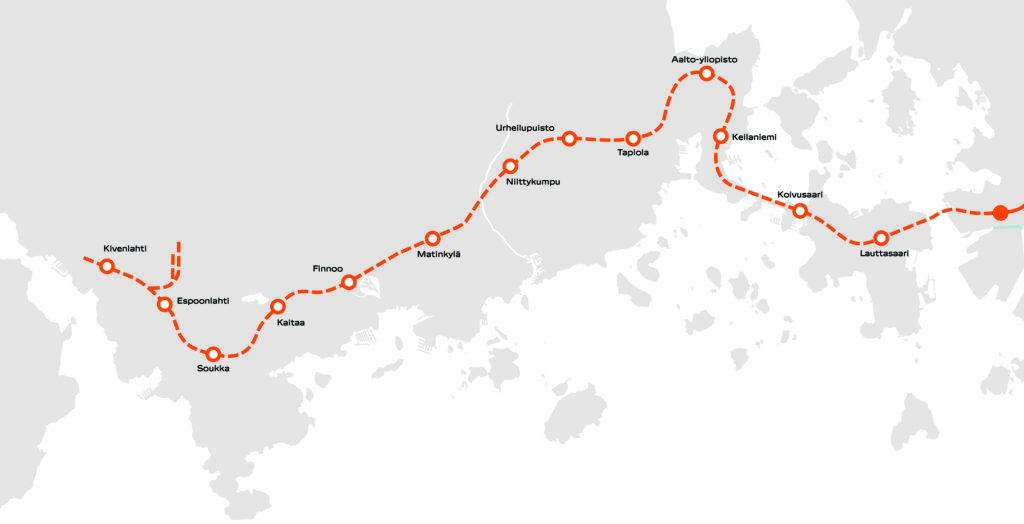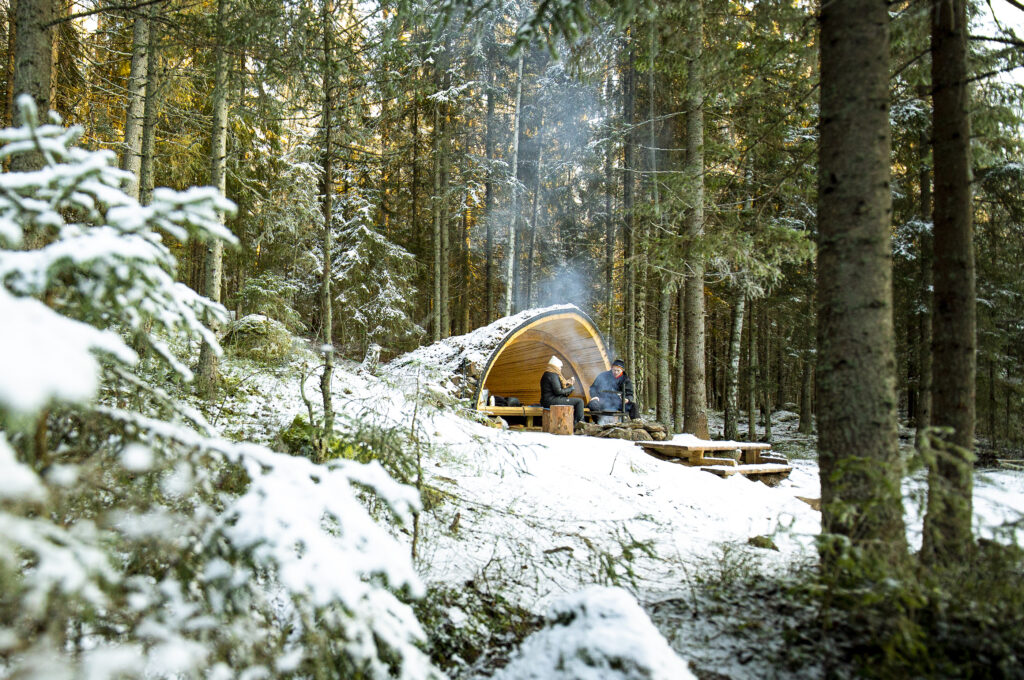Editorial 3/2022: On Nature’s Terms

It must surely now be obvious to everyone that the climate crisis and biodiversity loss will in the coming years force the building sector to radically overhaul its practices. It will mean at least a shift to low-carbon building materials and manufacturing methods, the efficient re-use of buildings and building components, and sufficiently large nature areas also in increasingly compacting cities.
While solving these practical problems undoubtedly offers sufficient challenges for one generation, at the same time it is appropriate to consider the relationship between nature and the built environment from more theoretical viewpoints. Fortunately, literary sources can be found as far back in history as written architectural theory itself has existed – we may recall, for example, Vitruvius’ guidelines for taking into consideration the terrain, microclimate, celestial bodies, and proportions of the human body when designing cities and buildings. The relationship between nature and architecture has been discussed on the pages of this journal in countless articles, by such authoritative writers as Alvar Aalto, Reima Pietilä, Aulis Blomstedt and Juhani Pallasmaa.
The starting point for this issue of the Finnish Architectural Review has been the Nils Erik Wickberg Lectures event on Posthumanism and Architecture held at Aalto University last November. Posthumanism has been a popular concept in recent years as researchers in various fields have outlined a more egalitarian relationship between man and other species. It accommodates a wide range of theoretical trends, united mainly by the dismantling of the anthropocentric way of thinking which stems from the Renaissance and the Enlightenment. But what could these ideas have to offer in the field of architecture?
Literary sources on the relationship between nature and the built environment can be found as far back in history as written architectural theory itself has existed.
The concept of posthumanism was first introduced in literary research in the 1970s. In addition to the relationship between humans and other organisms, a key issue has been the blurring of the boundary between the machine and the human body with the introduction of new technology. For example, in Donna Haraway’s classic essay “A Cyborg Manifesto” (1985), the cyborg served as a metaphor for a creature that questioned established divisions such as man/animal, man/machine, and the limiting effects of gender, race, and social class.
Architectural theorist K. Michael Hays introduced the concept of posthumanism into architectural theory in his 1992 book Modernism and the Posthumanist Subject, in which he analysed different trends in modernism using the binary opposite concepts of humanism/posthumanism. Whereas, according to Hays, Le Corbusier’s architecture still relied on the humanistic idea of the individual as the creator of meanings, the posthumanist avant-garde represented by Hannes Meyer and Ludwig Hilberseimer rejected the idea of a building as an autonomous work.
In Hays’s interpretation, posthumanism had little to do with the environmental impact of architecture, and the rationalism represented by Meyer and Hilberseimer can, from our present-day perspective, be seen as contributing to the environmental crisis at hand. But would it be possible to update these principles to serve future ecological reconstruction, as Aleksi Lohtaja writes in his article? Such an idea seems to fascinate at least many policy makers – for example, the European Commission’s New European Bauhaus iniative has found its ideological role model in an institution where Meyer and Hilberseimer were once in charge of teaching architecture.
The climate crisis and biodiversity loss have also inspired architectural historians to look at the history of construction from new perspectives. In the introductory article to this issue, Barnabas Calder discusses how closely modernist architecture is based on the cheap energy made possible by fossil fuels. As this era draws to a close, it is worth considering the future of the architectural heritage
it has produced. Is it the fate of steel and concrete buildings to vanish as symbols of the ideology that brought about the environmental disaster, to survive as monuments of a lost culture, or to act as material banks in the circular-economy society of the future?
The projects presented in this issue provide guidelines for the low-carbon architecture of the future. Pikku-Finlandia and the I.C.E. Pavilion are movable wooden buildings with very different architectural premises: Pikku-Finlandia’s “natural” pine pillars can be thought of as an extension of modernist nature romanticism, while I.C.E. relies on a simplified sculpturality and structuralism. On the bank of the River Keravanjoki in Tikkurila, high-quality landscape architecture serves as a link between the riverside nature and industrial history, while the dammed rapids have been restored as an ascension route for migratory fish. The journal also presents a series of structures that serve hiking, providing a setting for more traditional experiences of nature.
For me personally, the Animal Architecture exhibition curated by Juhani Pallasmaa for the Museum of Finnish Architecture in 1995 provided an eye-opening view of architecture beyond the human species. In the exhibition, he presented animal structures as models for the ecological architecture of the future, emphasising their superior functional and structural properties. At that time I had just started studying architecture at the Helsinki University of Technology, and Pallasmaa’s exhibition opened up dizzying perspectives on architecture’s untapped potential. They could also prove to be of use in an era of ecological reconstruction. ↙
